Easy Way to Poach Eggs With Cling Film
The perfect poached egg is a thing of pure joy but the traditional techniques can be hard to master. Here's a simple way to poach an egg in clingfilm, and it means you can make several at once!
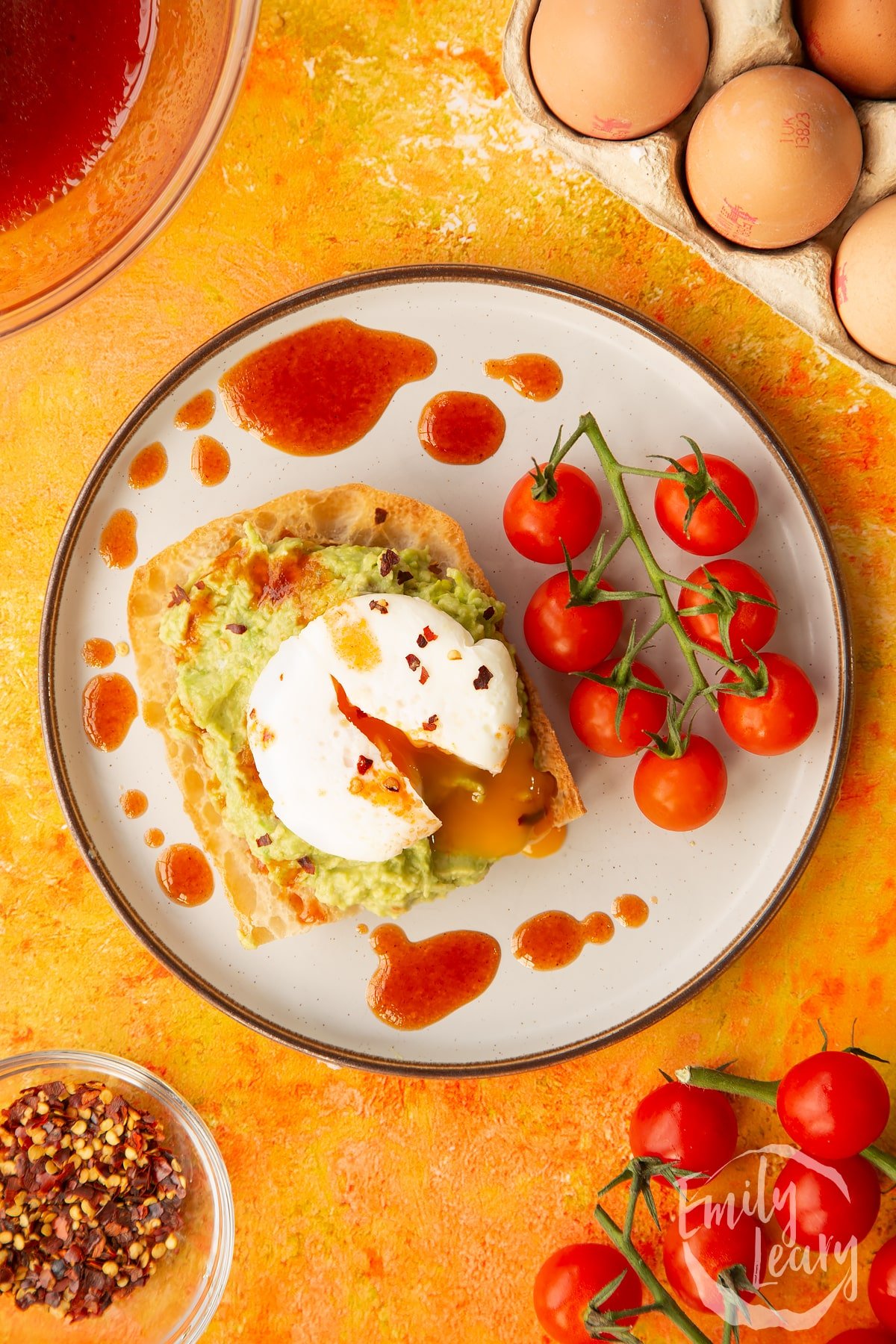
For such a seemingly simple dish there's a surprising about of skill required to get a consistently perfect poached egg. Ideally, the egg whites should have only just gone from milky to set and the yolk should be beautifully runny. One or two disasters can easily put you off attempting them again.
Many good recipes are made great when topped with a poached egg, so to make sure you never have to miss out again, I'll show you how to use a small amount of clingfilm to poach multiple eggs at once in a single pan.
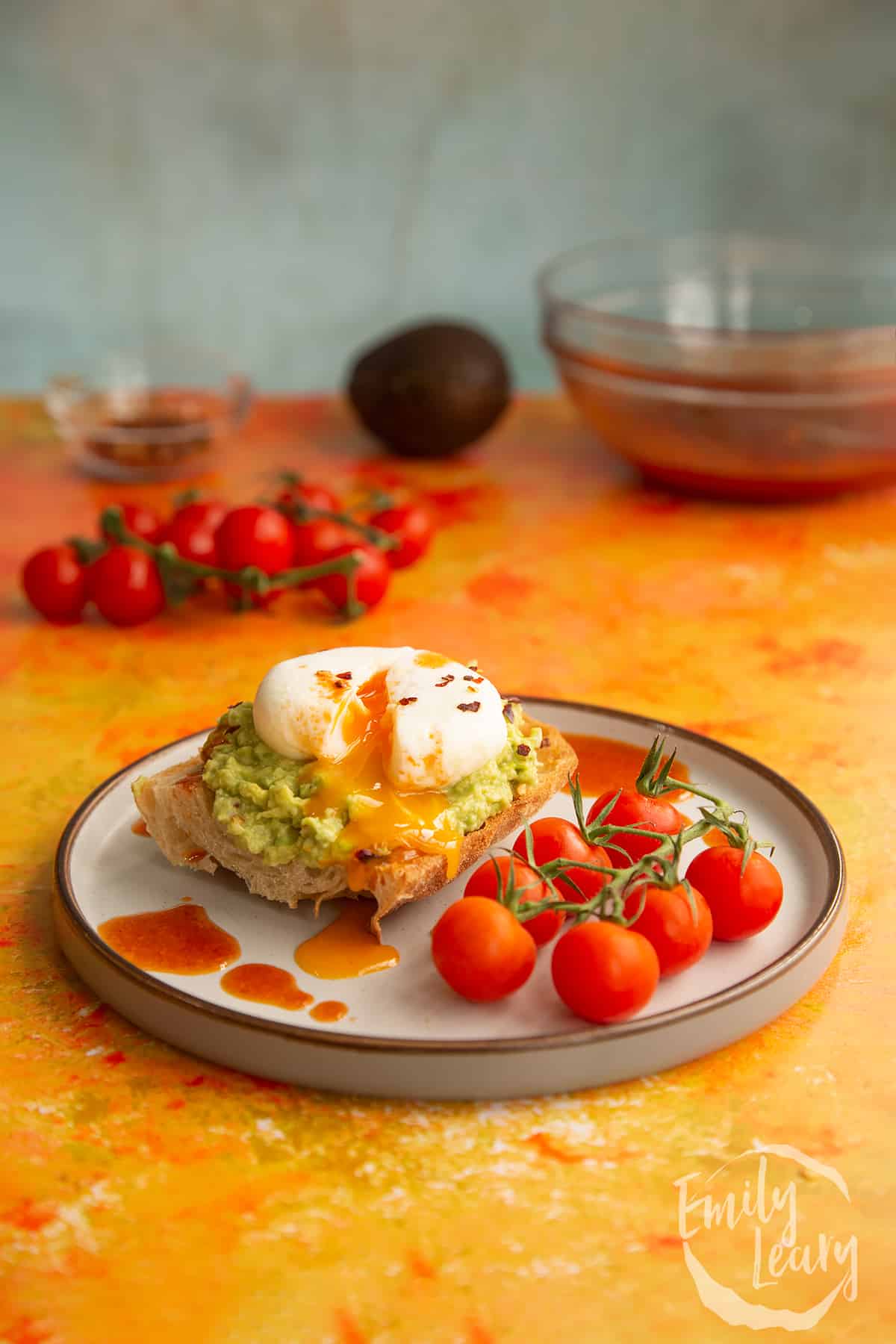
A couple of notes before we get started. Try to get the freshest eggs you can - the fresher the egg the less runny the whites. Not such a big deal for batters, but of huge importance when poaching if you don't want to end up with wispy strings and broken yolks.
Egg size also will make some difference to cooking times and even an extra minute can make the difference between light and soft whites becoming hard and rubbery, so keep an eye on your eggs so that can see when they've reached perfection.
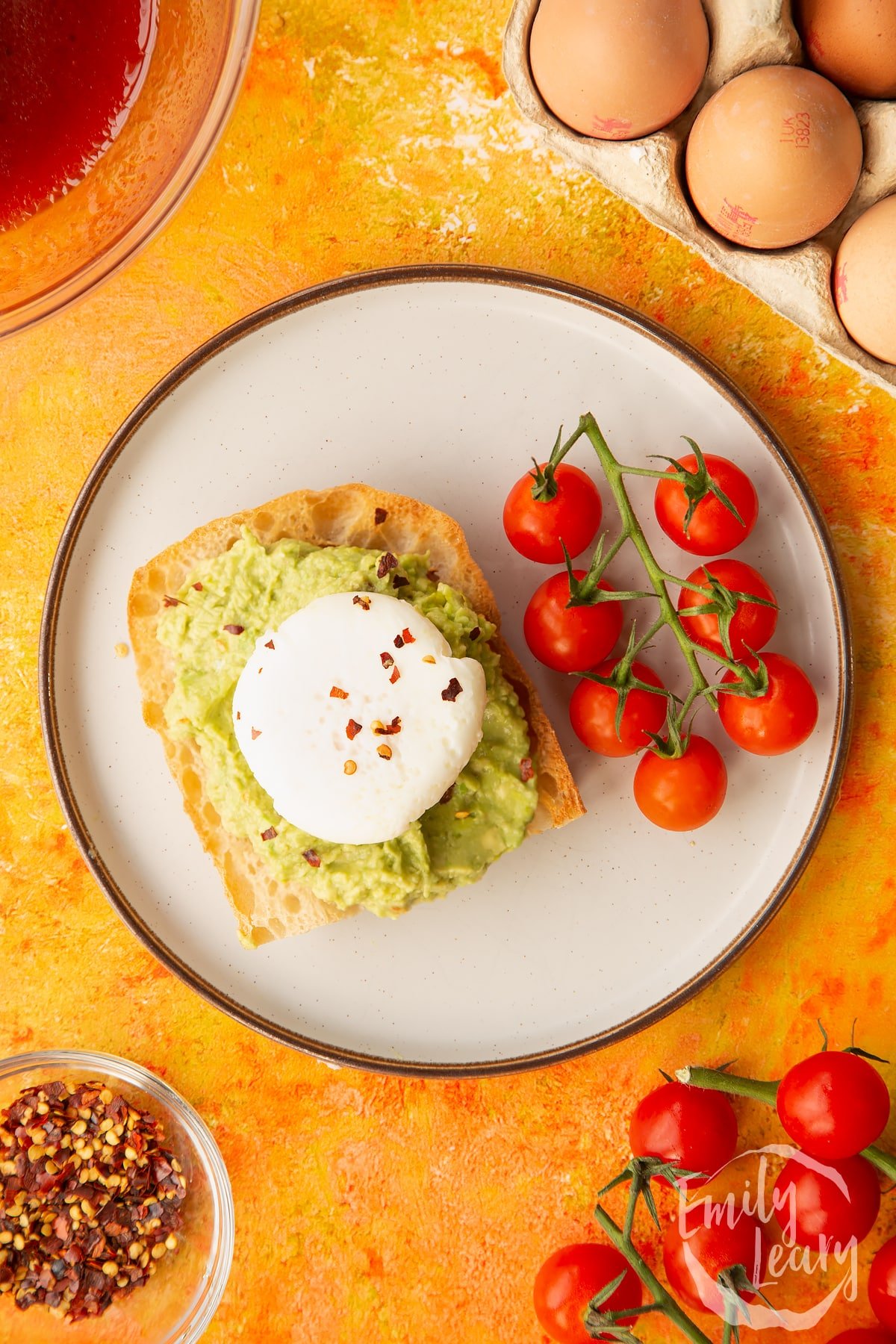
If the poaching gods have been unkind to you one too many times in the past, then this foolproof method will give you perfect results with just a single pan and no whisking.
Here's what to do...
Ingredients
- 6 large free range eggs or as many as you like!
- Spray oil
- 1 tsp white wine vinegar
Equipment
-
Small bowls, darioles or ramekins
-
Clingfilm
-
Paperclips
Instructions
You'll need one small bowl, dariole or ramekin per egg.
Place a small square of clingfilm into each ramekin, tucked down to the bottom and draped over the sides. Remember, it needs to be large enough to encase the egg.
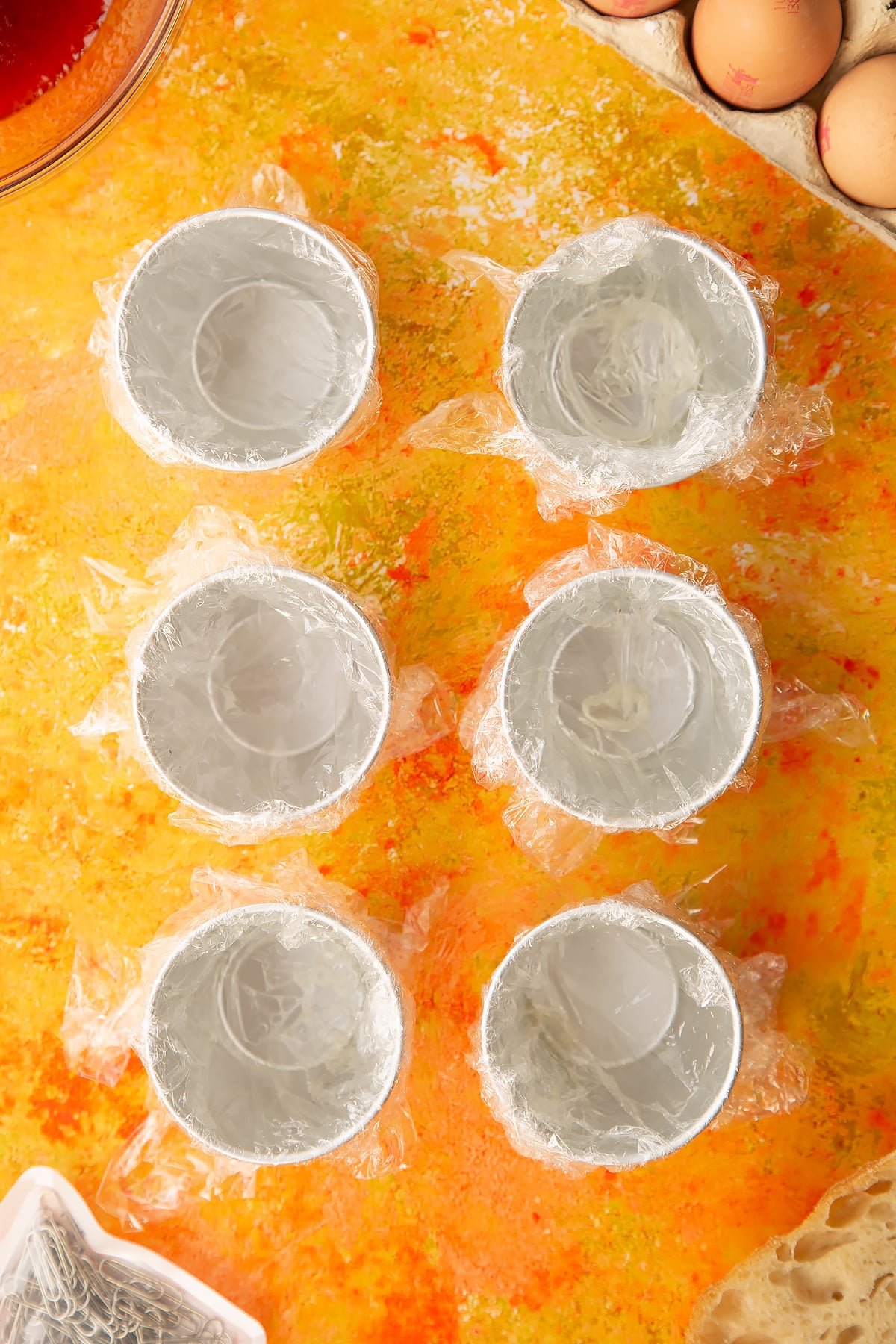
Spray each ramekin lightly with oil. If you don't have spray, you can brush lightly instead.
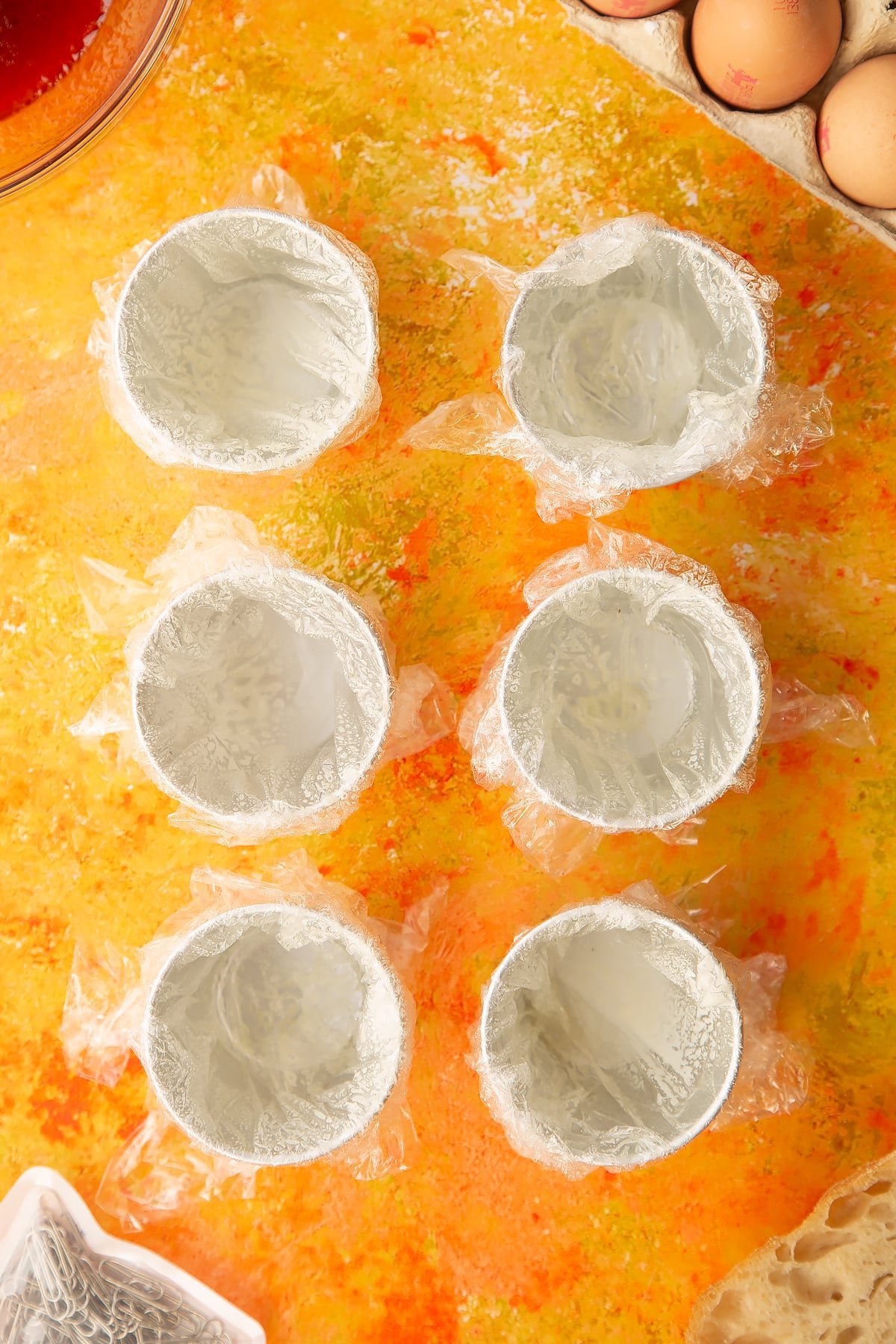
Crack a large egg into each of the ramekins.
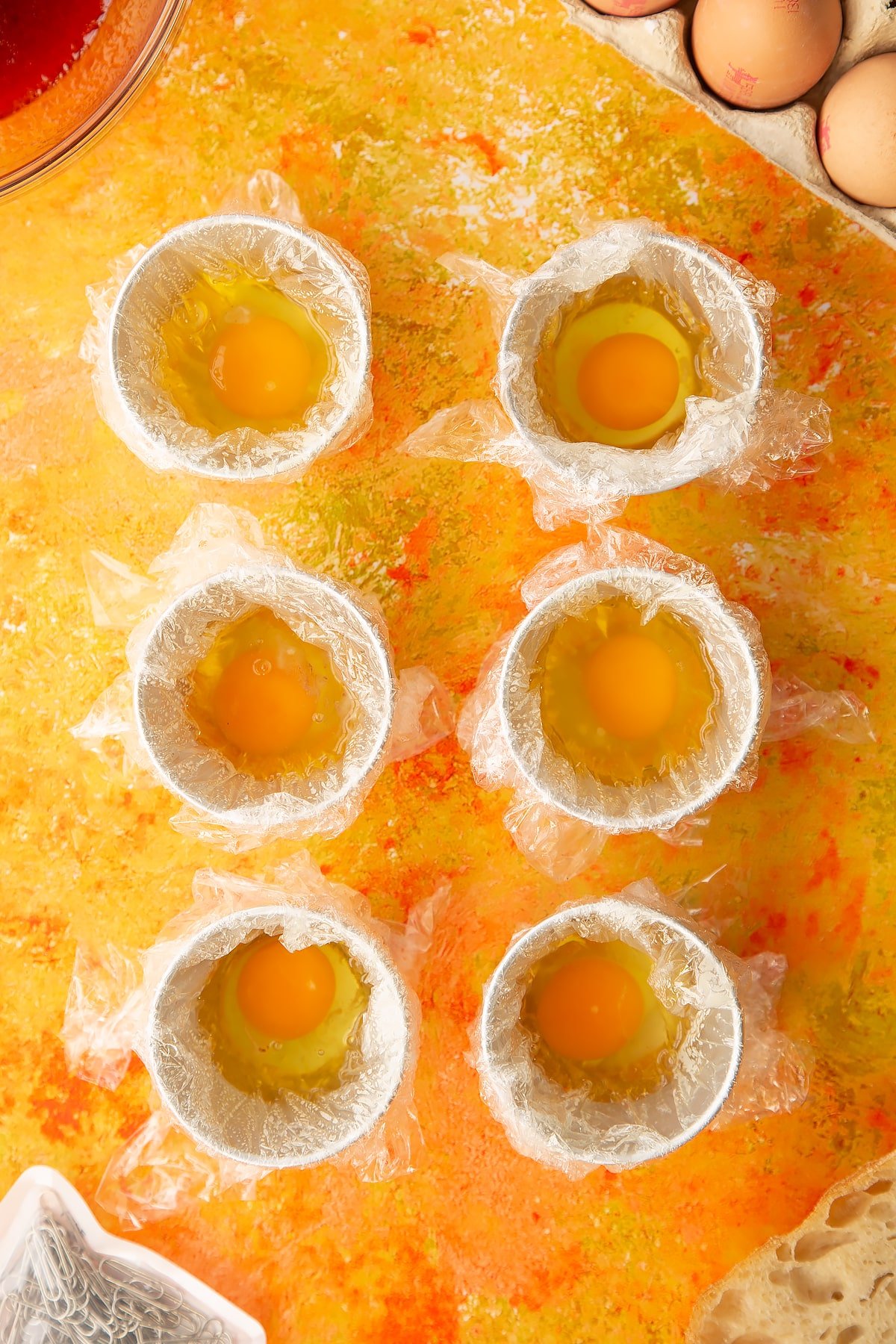
Bring the cling film up and gather together so that you can lift the egg out of the ramekin. Twist, taking care not to leave an air pocket at the top, then clip in place with a paper clip. Hair pins or even string work too.
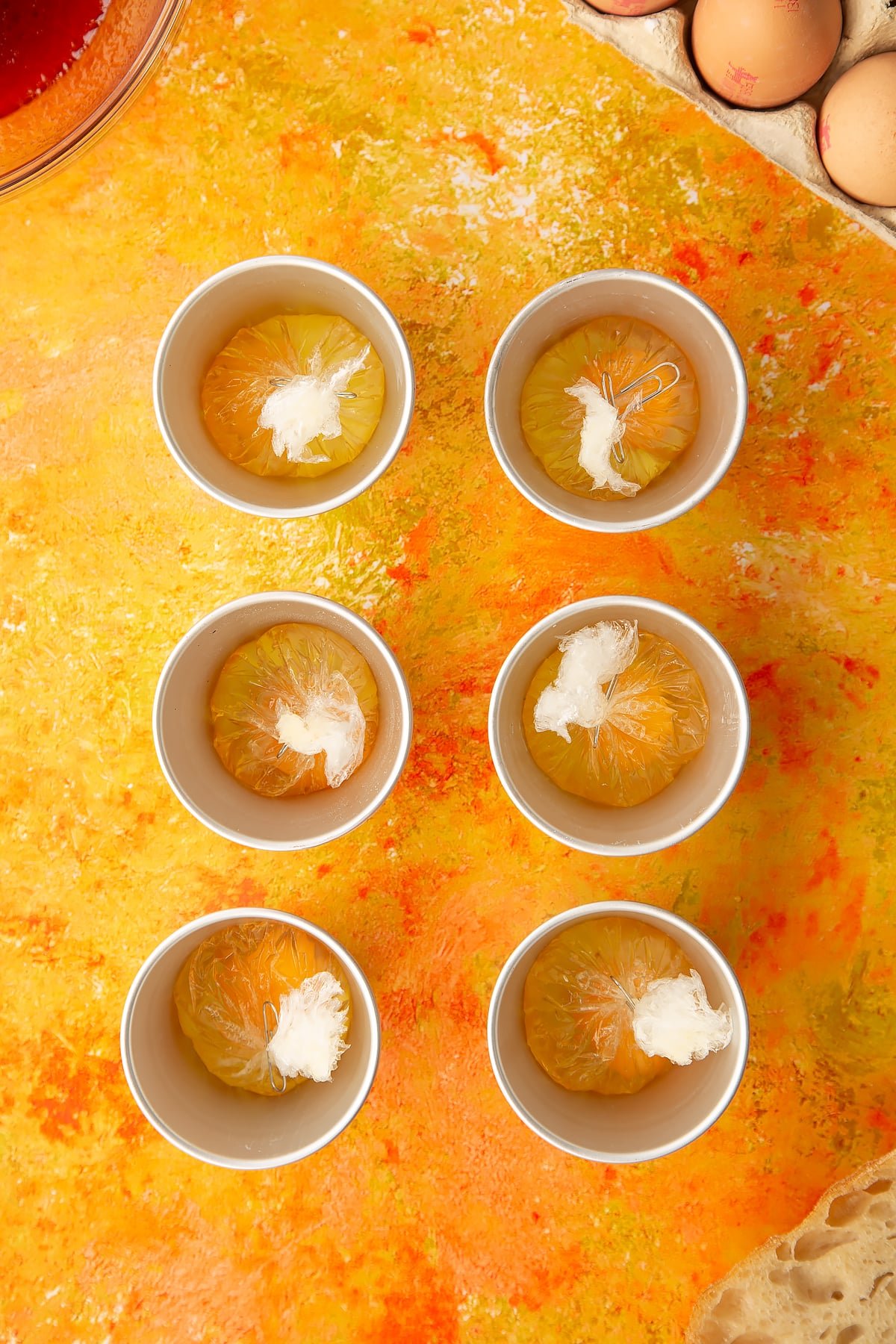
If you used a very large piece of cling film, you might need to trim off any excess with scissors. This make it easier to see what's going on in the pan.
Bring a large pan of water to the boil. Add a tsp of white wine vinegar and drop the eggs into the pan. Boil for three minutes.
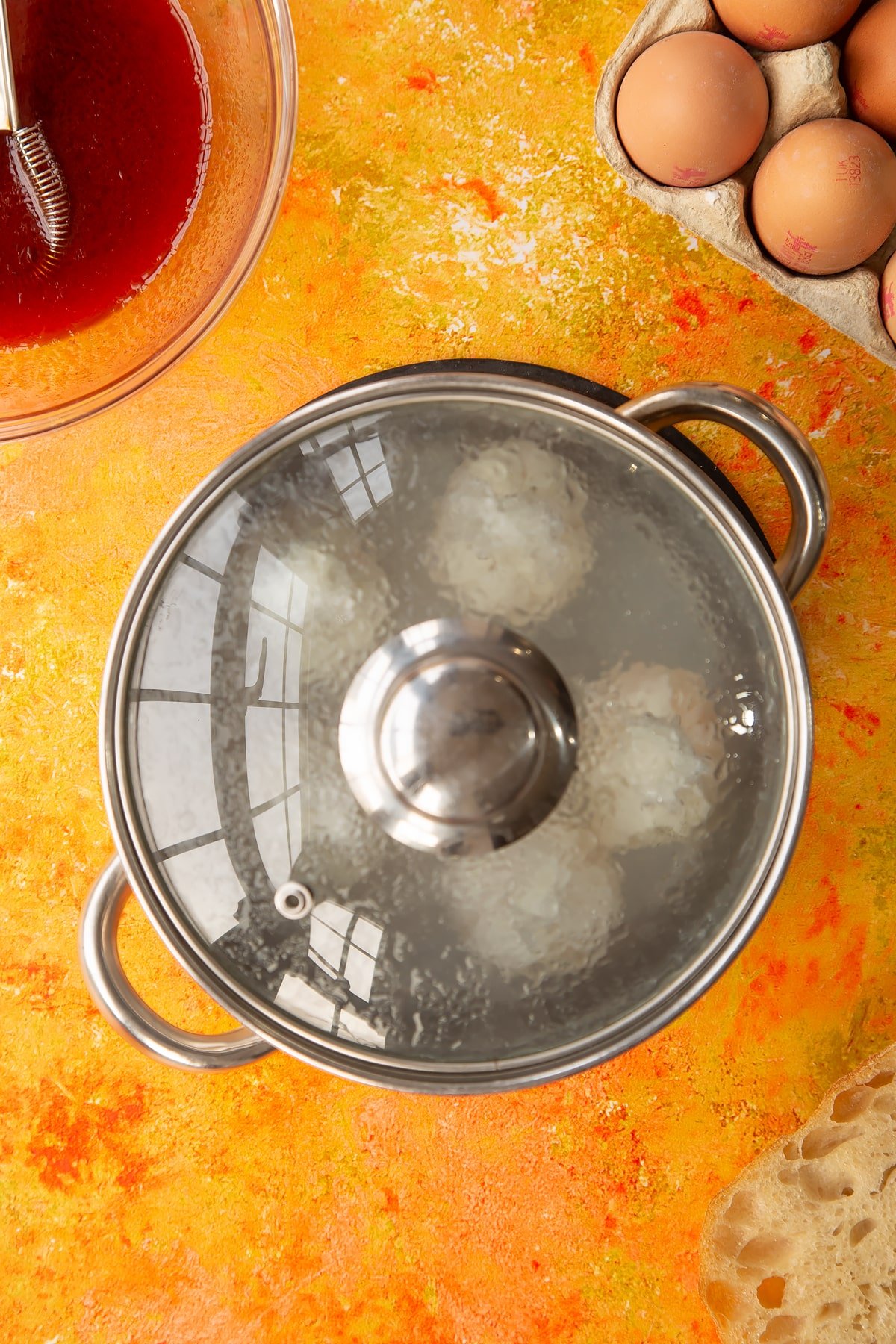
Fish the eggs out of the water with a slotted spoon or spatula and place them on a plate lined with kitchen paper, which will soak up any water.
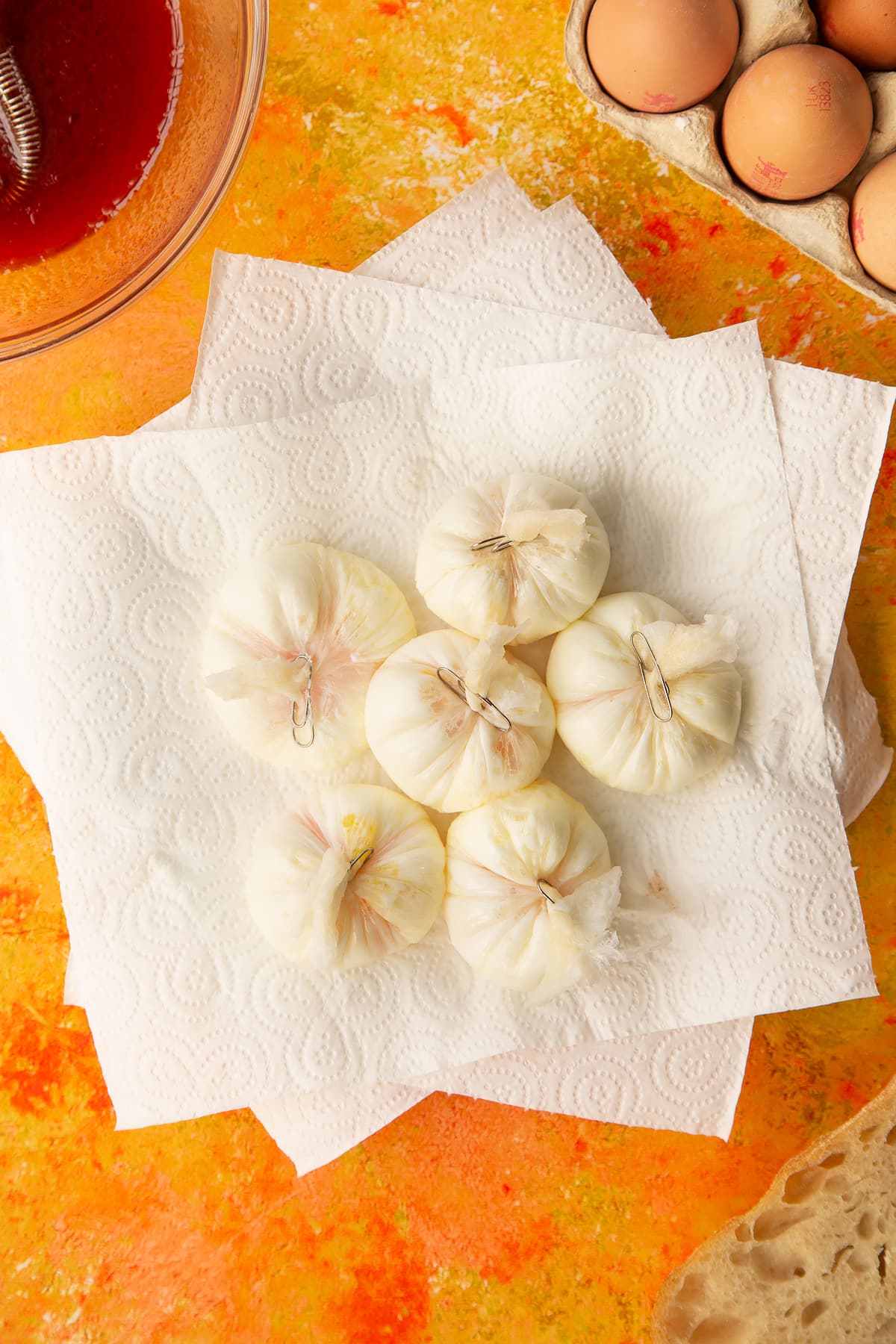
Take one egg and cut off the twisted clingfilm, just below the paper clip. Gently unwrap the egg just enough to see if it's properly cooked. If the whites aren't quite set, you can drop all the eggs, including the partially unwrapped one, back into the water for another 30 seconds.
If they're done, you can fully unwrap all of the eggs.
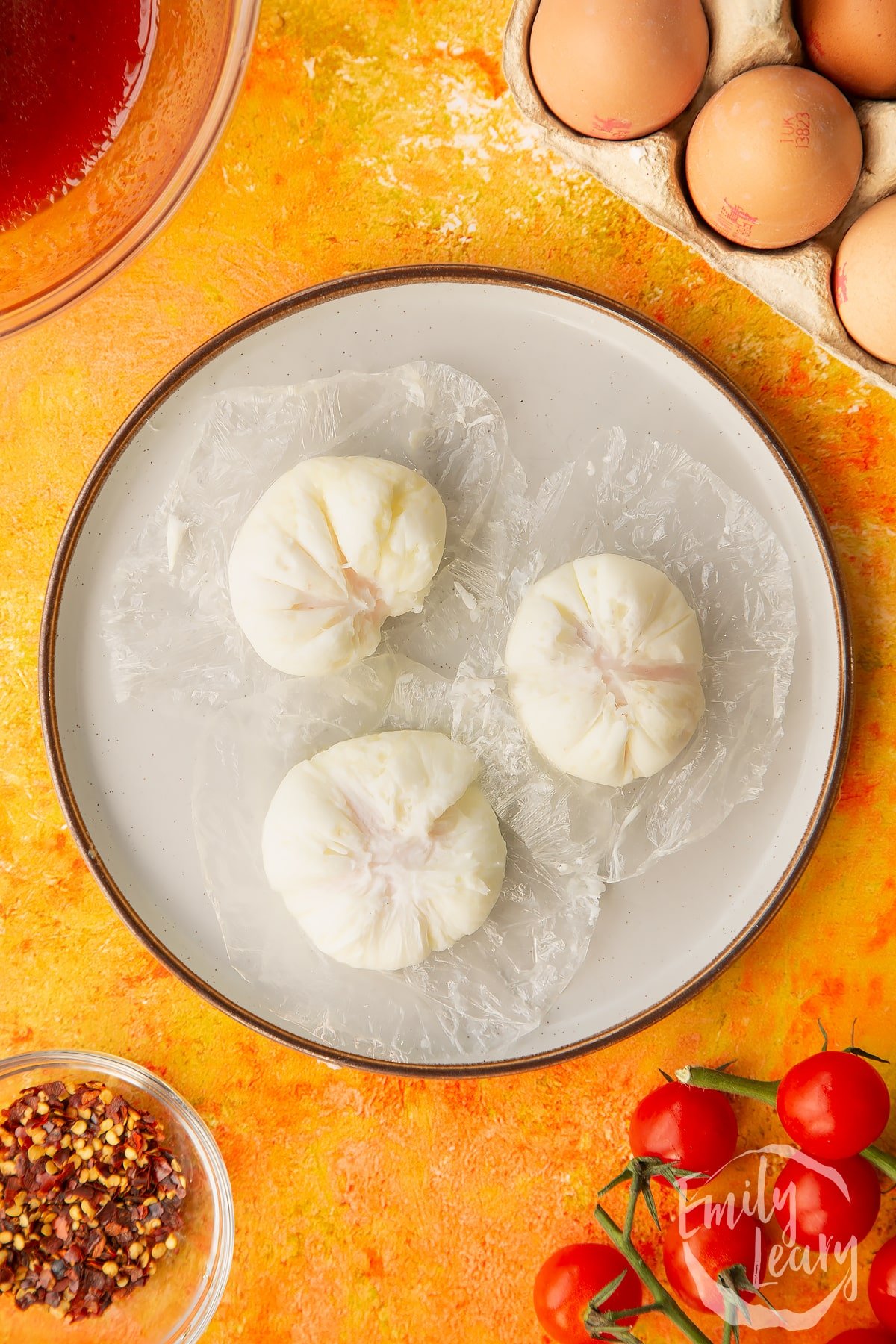
The shape is a little volcano-like on top with this method, so I like to flip them over to serve so that you get a more rounded presentation.
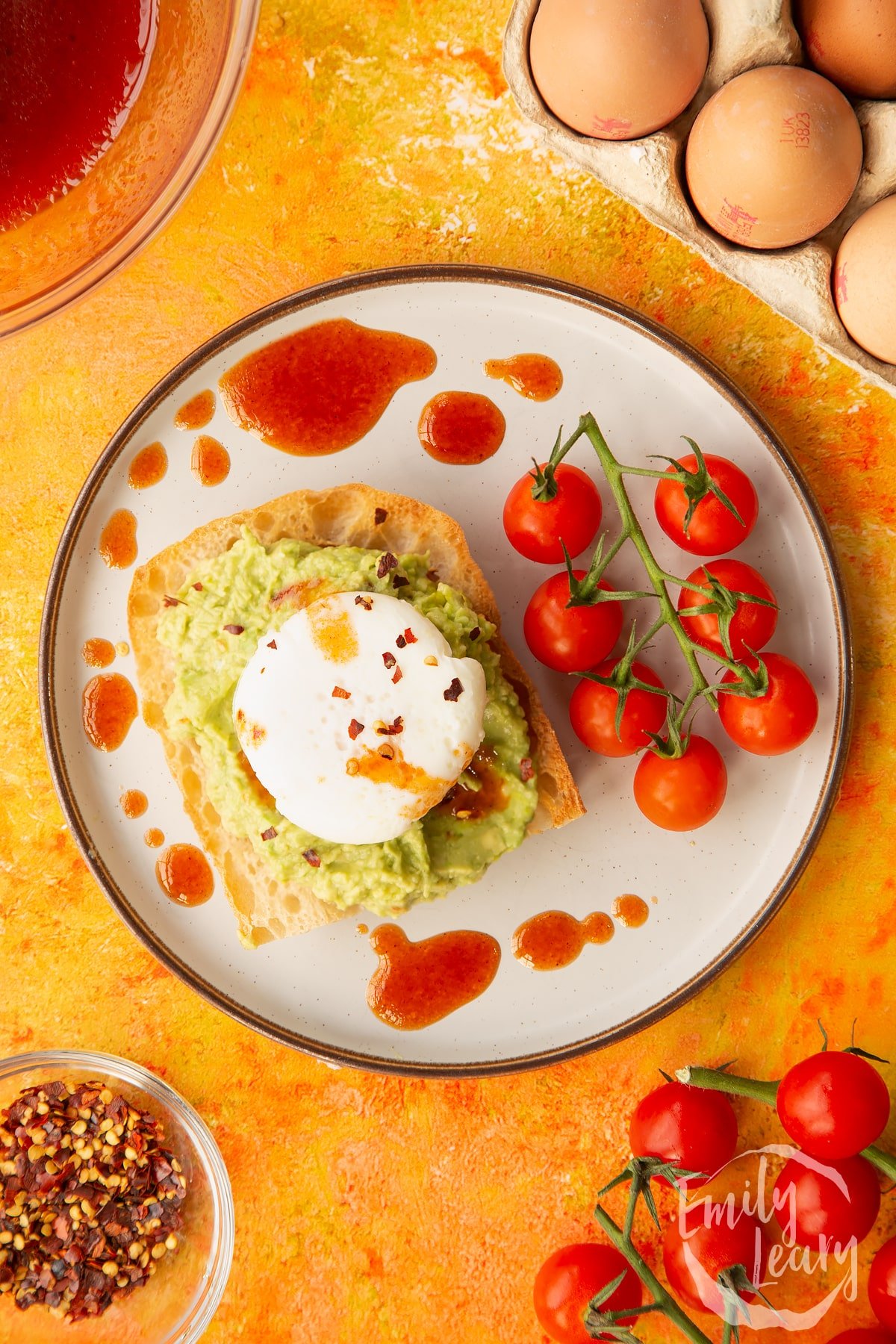
And there you have it, perfect poached eggs no matter how many people you're cooking for. Isn't it a handy method?!
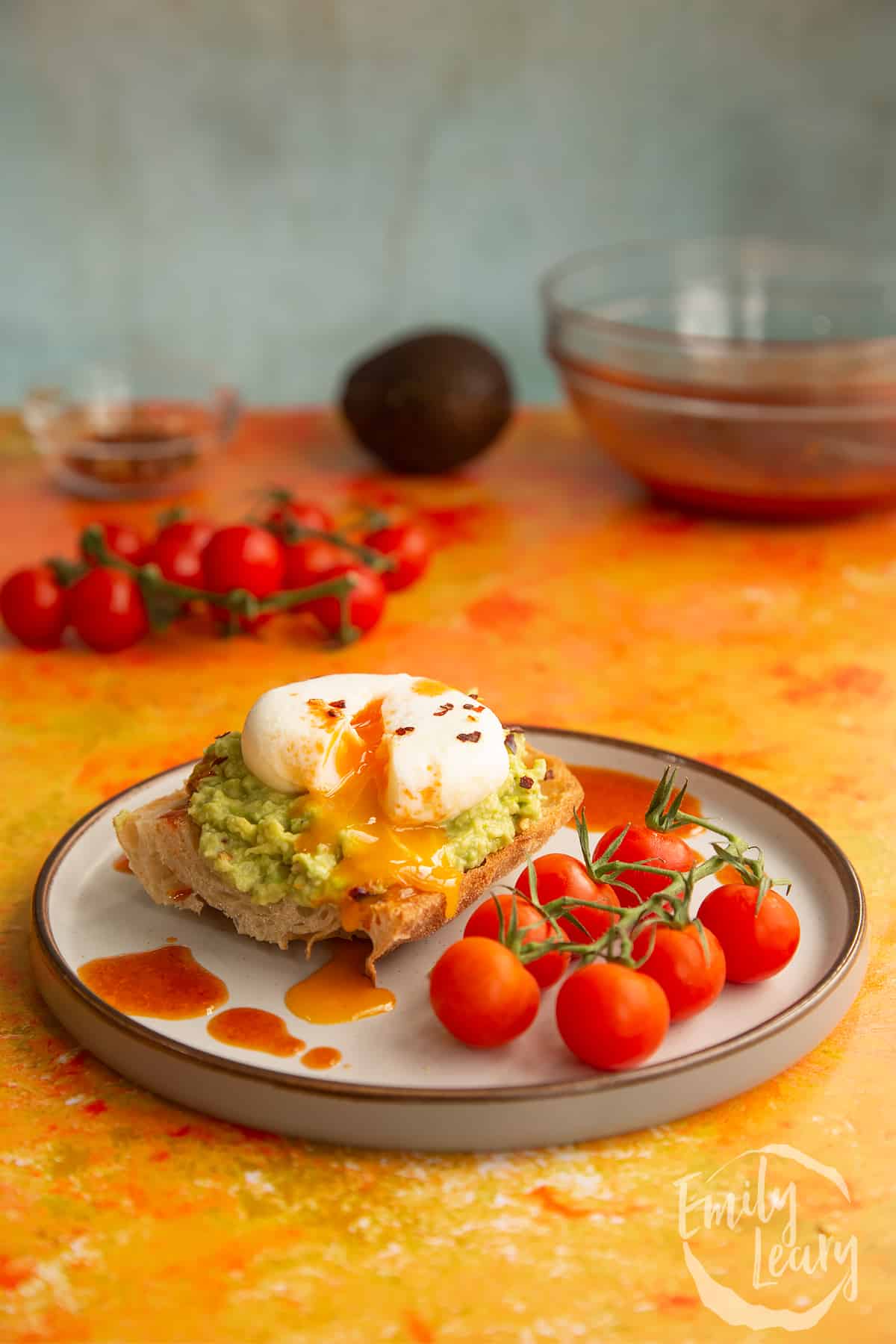
Print instructions to poach an egg in clingfilm
How to Poach an Egg in Clingfilm
The perfect poached egg is a thing of pure joy but the traditional techniques can be hard to master. Here's a simple way to poach an egg in clingfilm, and it means you can make several at once!
Servings: 6 poached eggs
- 6 large free range eggs or as many as you like!
- Spray oil
- 1 tsp white wine vinegar
-
Small bowls, darioles or ramekins
-
Clingfilm
-
Paperclips
-
You'll need one small bowl, dariole or ramekin per egg.
-
Place a small square of clingfilm into each ramekin, tucked down to the bottom and draped over the sides. Remember, it needs to be large enough to encase the egg.
-
Spray each ramekin lightly with oil. If you don't have spray, you can brush lightly instead.
-
Crack a large egg into each of the ramekins.
-
Bring the cling film up and gather together so that you can lift the egg out of the ramekin. Twist, taking care not to leave an air pocket at the top, then clip in place with a paper clip. Hair pins or even string work too.
-
If you used a very large piece of cling film, you might need to trim off any excess with scissors. This make it easier to see what's going on in the pan.
-
Bring a large pan of water to the boil. Add a tsp of white wine vinegar and drop the eggs into the pan. Boil for three minutes.
-
Fish the eggs out of the water with a slotted spoon or spatula and place them on a plate lined with kitchen paper, which will soak up any water.
-
Take one egg and cut off the twisted clingfilm, just below the paper clip. Gently unwrap the egg just enough to see if it's properly cooked. If the whites aren't quite set, you can drop all the eggs, including the partially unwrapped one, back into the water for another 30 seconds.
-
If they're done, you can fully unwrap all of the eggs.
-
The shape is a little volcano-like on top with this method, so I like to flip them over to serve so that you get a more rounded presentation.
A couple of notes before we get started. Try to get the freshest eggs you can - the fresher the egg the less runny the whites. Not such a big deal for batters, but of huge importance when poaching if you don't want to end up with wispy strings and broken yolks.
Egg size also will make some difference to cooking times and even an extra minute can make the difference between light and soft whites becoming hard and rubbery, so keep an eye on your eggs so that can see when they've reached perfection.
Calories: 64 kcal | Carbohydrates: 1 g | Protein: 6 g | Fat: 4 g | Saturated Fat: 1 g | Polyunsaturated Fat: 1 g | Monounsaturated Fat: 2 g | Trans Fat: 1 g | Cholesterol: 164 mg | Sodium: 63 mg | Potassium: 61 mg | Sugar: 1 g | Vitamin A: 238 IU | Vitamin C: 1 mg | Calcium: 25 mg | Iron: 1 mg
* Note: nutritional information is estimated, based on publicly available data. Nutrient values may vary from those published. Information on this website should not be taken as medical advice. Cuisines identify the primary region of inspiration for a dish.
Snap a pic and tag @amummytoo on Instagram or tag @EmilyLearyCooks on Twitter. I can't wait to see your posts!
Other egg poaching methods to try
Here's a couple of more poaching methods that will yield perfect poached eggs every time. And you'll only need ingredients and utensils we all have at home.
The classic whisk & pan method
If you need to only cook one or two eggs you can't beat the look, ease or outcome of the traditional method, which involves creating a vortex in the centre of the pan.
- Add a teaspoon or two of white wine vinegar to a pan of water and bring to the boil. Make sure the pan is of a decent size, as you'll want to give your egg plenty of room.
- As soon as the water is boiling, turn the heat down a little - when your egg goes in to the water you don't want it above a simmer. Anything more energetic will mean lots of motion in the water, and too many bubbles, which can break up the egg white.
- With a whisk or spoon stir the water quickly in one direction.
- Wait a couple of seconds for the motion to settle down a little. All the bubbles should accumulate in the centre.
- Crack the egg away from the pan (you don't want it to leak into the water) and then get the shell as close as possible to the water's surface before slowly prising it open and dropping the content into the centre of the pan.
- If the steam from the water makes it difficult to do slowly then you can crack the egg into a ramekin or small mug then slip it into the water.
- After 3 minutes, fish the egg out of the water with a slotted spoon or spatula. A glance, gentle shake or prod should be enough to tell if it needs more time, in which case you can put it gently back in the water.
- There's nothing worse than ruining a beautifully prepared Eggs Benedict with soggy bread or turning mashed avocado into a watery mess, so be sure to drain your eggs on kitchen paper before serving
The only downside with this method is you generally need as many pans as eggs, which isn't ideal if you want to have several ready at the same time. However, there is a trick I use to do a large number of eggs using the whisk & pan method and just one extra pan.
- Start with the method above, but also have a second large pot of water ready that's kept very warm, but not boiling. Egg whites set at around 63C (145F), so 60c (140F) is perfect. You can use a thermometer if you have one.
- This time, when the first egg is firm enough to pick up with a slotted utensil but not quite done, fish it out of the water and transfer it to the larger pot, where it will continue to cook very slowly.
- Continue this process of transferring the eggs to the larger pot until you have finished them all.
- The eggs should last at least 20 minutes in the pot - enough time to cook around six eggs.
If, when it comes time to serve, you think any of the eggs need to be firmed up a little more, just heat the second pot up just before serving until the eggs are how you like them.
The big batch muffin tray method
If you need a very large batch of poached eggs and don't have much hands on time to spare (an emergency brunch for six, perhaps?), then the muffin tray method could be the one for you. It allows you to poach up to 24 eggs at once, using two muffin tins in one oven. And there's no messing around with pans at all!
- To start, place two muffin trays in the oven, and set it to 200C (180C fan).
- When the oven has reached temperature, carefully take the muffin trays out.
- Add 1 tsp of white wine vinegar and 1 tbsp freshly boiled water to each hole.
- Now carefully crack an egg into each hole.
- Put both trays back into the oven for 13-15 minutes, checking regularly towards the end of the cooking time so that you catch the eggs just as the white sets.
- When ready, remove from the oven and carefully free the eggs from their holes using a large spoon. Be careful, the tray will very hot.
- Again, be sure to drain on kitchen towel so that you don't make your breakfast soggy!
Which method is your favourite?
Pin this guide to poaching an egg in clingfilm
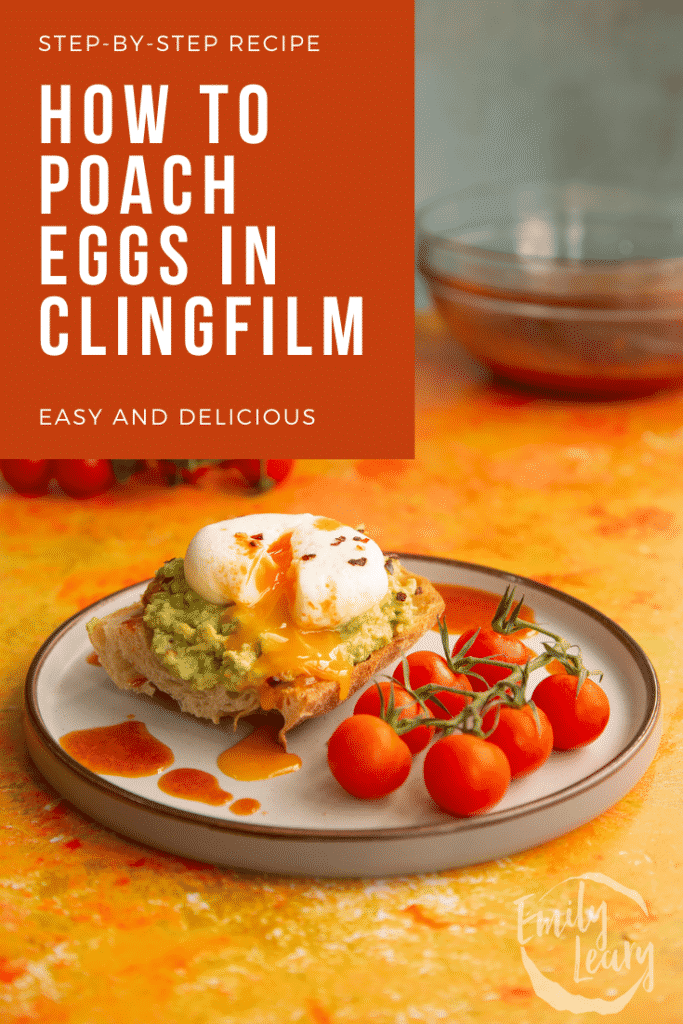
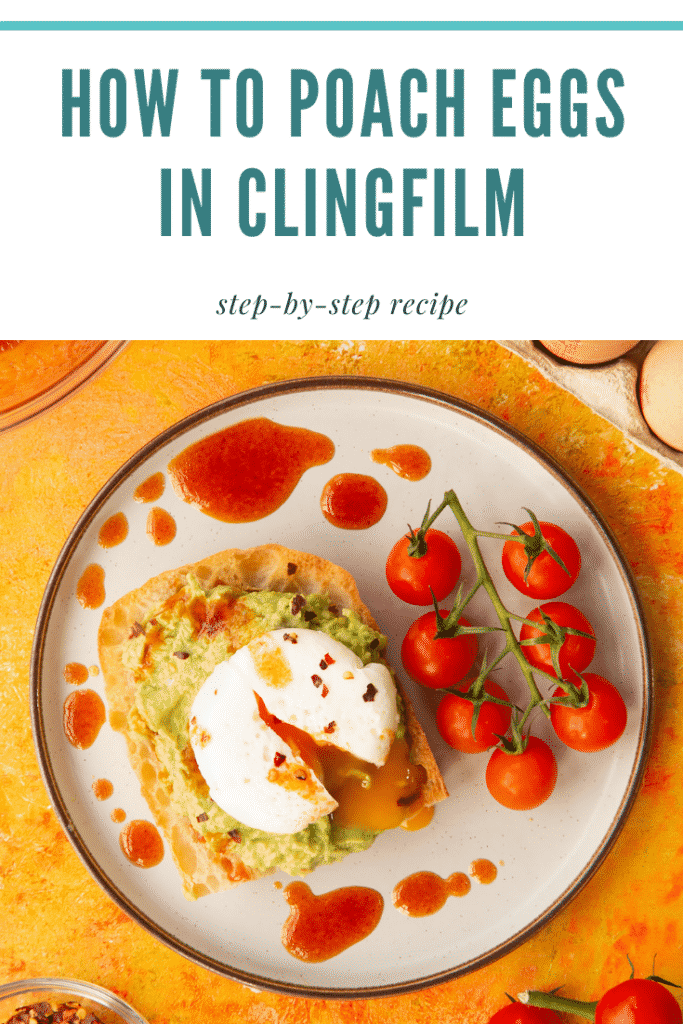
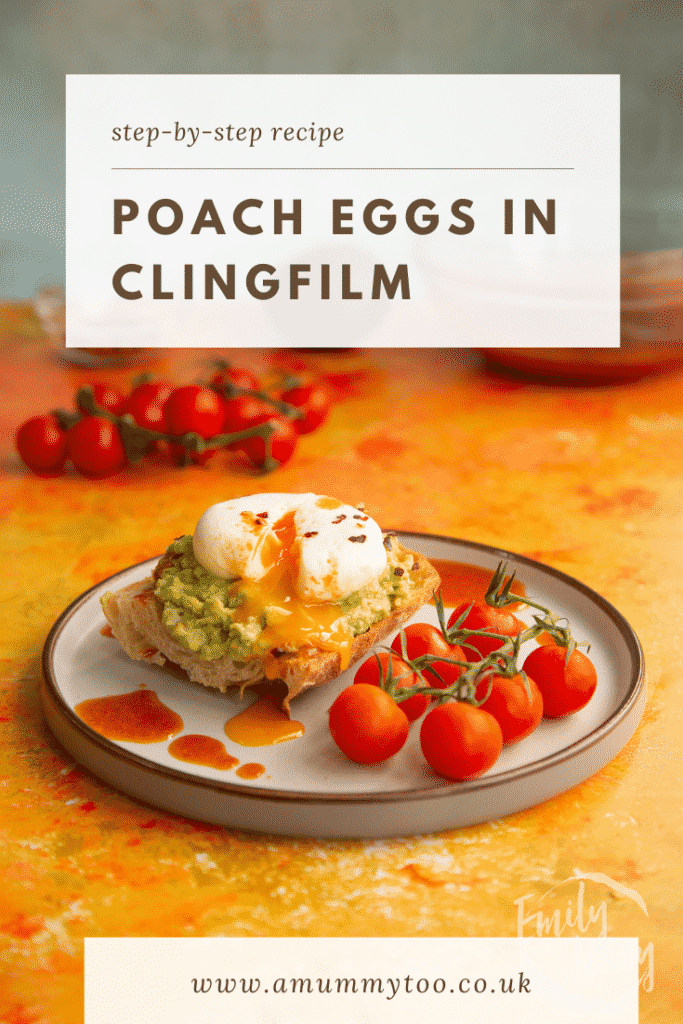
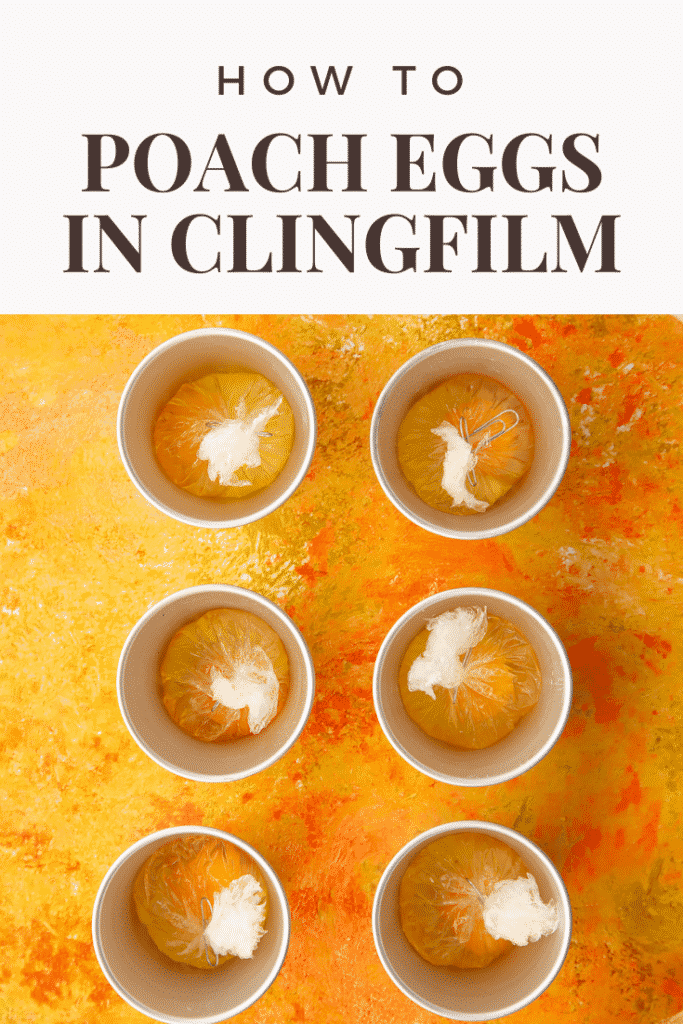
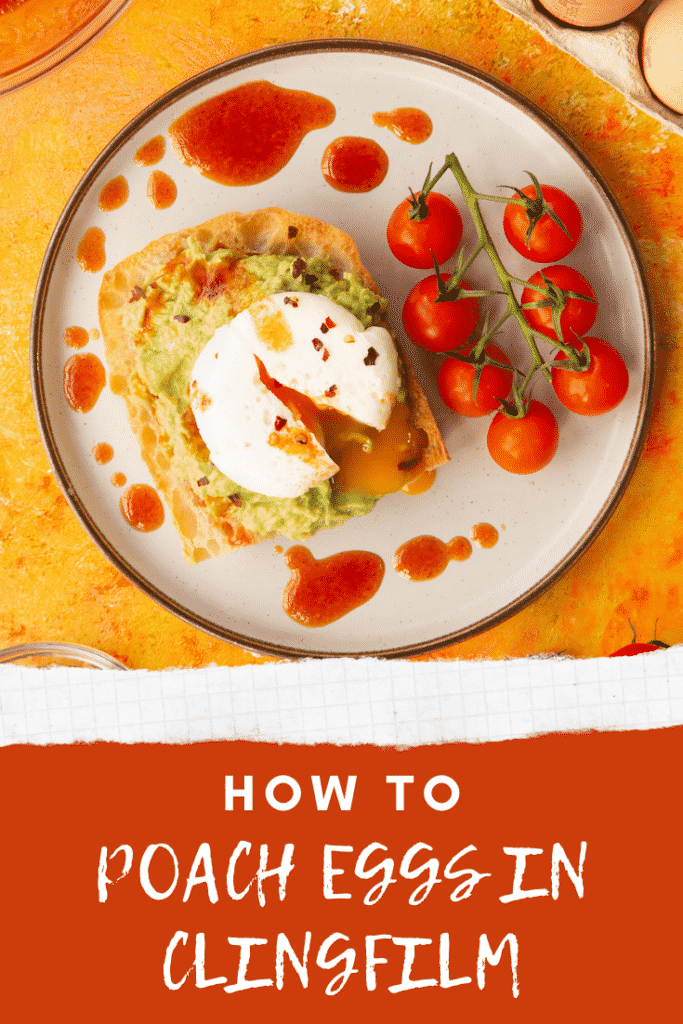
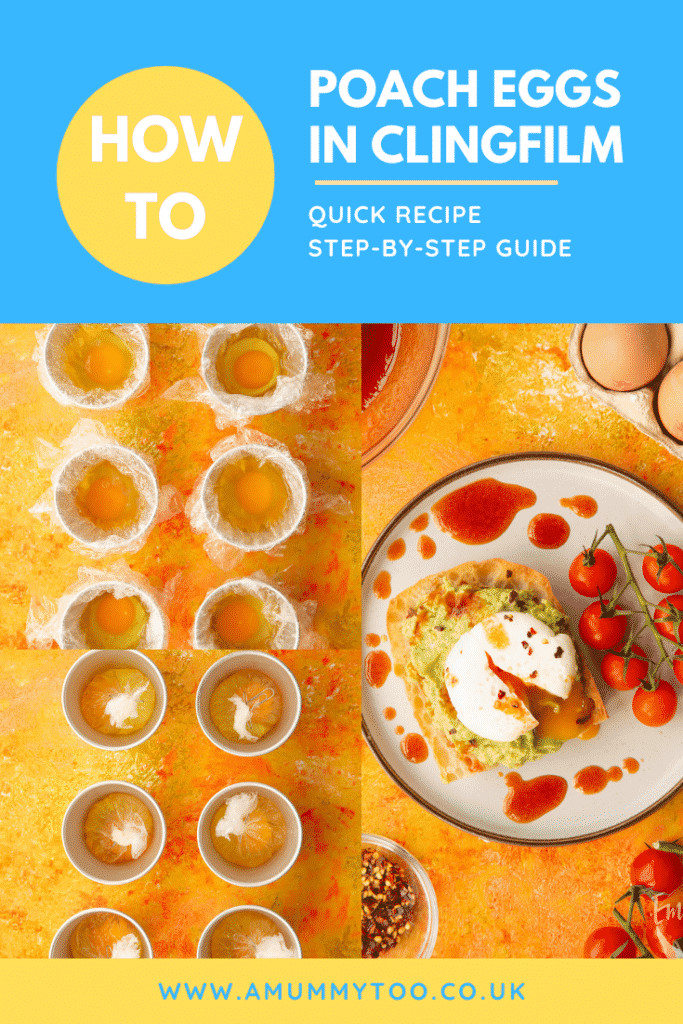
More eggy recipes to try
Cauliflower "Steak" and Eggs Breakfast
Fancy a spicy breakfast with plenty of veg to set your up for the day? Try this harissa and goat's yogurt marinaded cauliflower "steak", served with a poached egg, wilted greens and a goat's yogurt parsley dressing with a garlicky, lemony kick.
Get the recipe
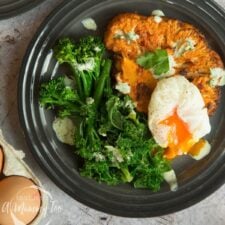
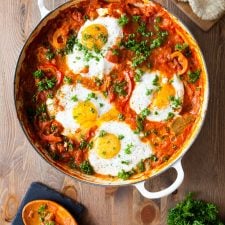


Vegetarian Scotch Egg Recipe
These may look like their meaty cousin, the scotch egg but no, this is a vegetarian scotch egg recipe! They're made from a lightly spiced blend of beans and chickpeas.
Get the recipe

6 FUN recipes to make with kids - a FREE family baking eBook!
Have a free copy of my family baking eBook! With 6 easy recipes and bonus activities to get kids into the kitchen - and keep them busy for hours!

Source: https://www.amummytoo.co.uk/how-poach-egg-clingfilm/
0 Response to "Easy Way to Poach Eggs With Cling Film"
Post a Comment